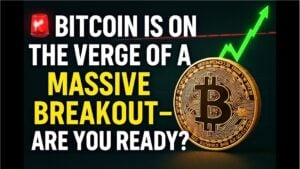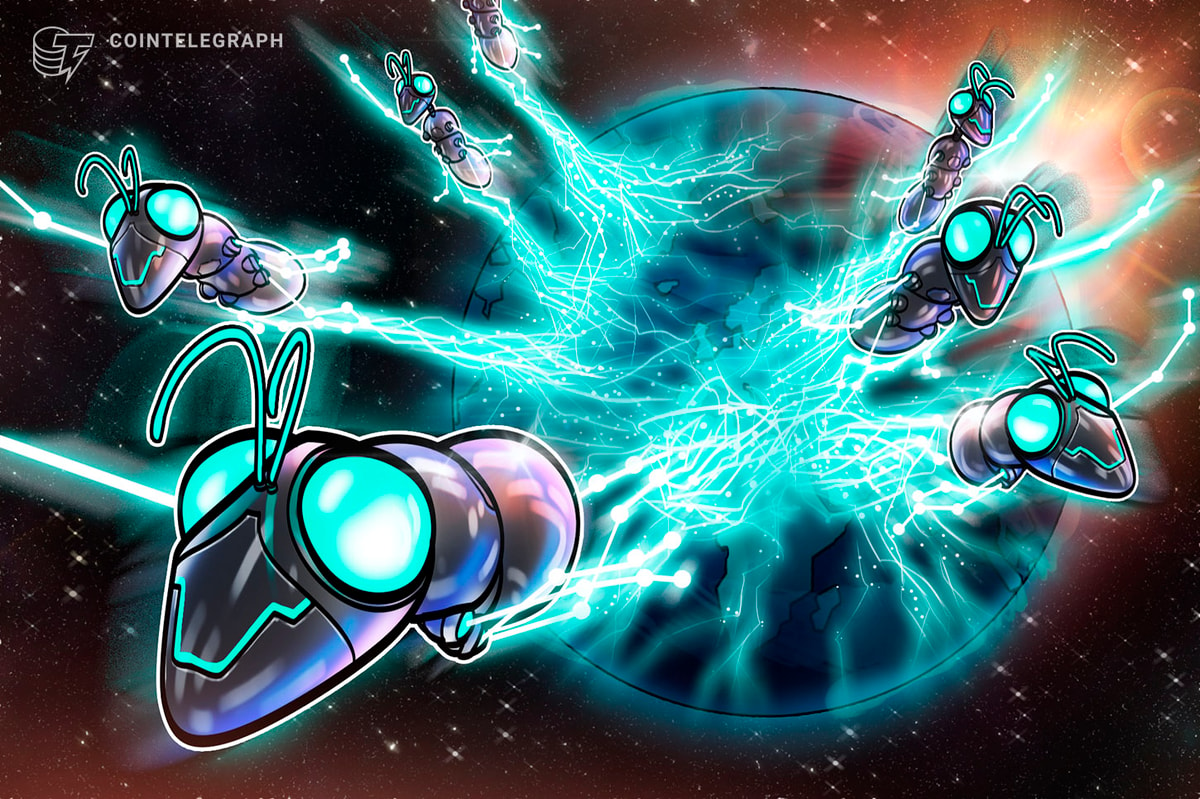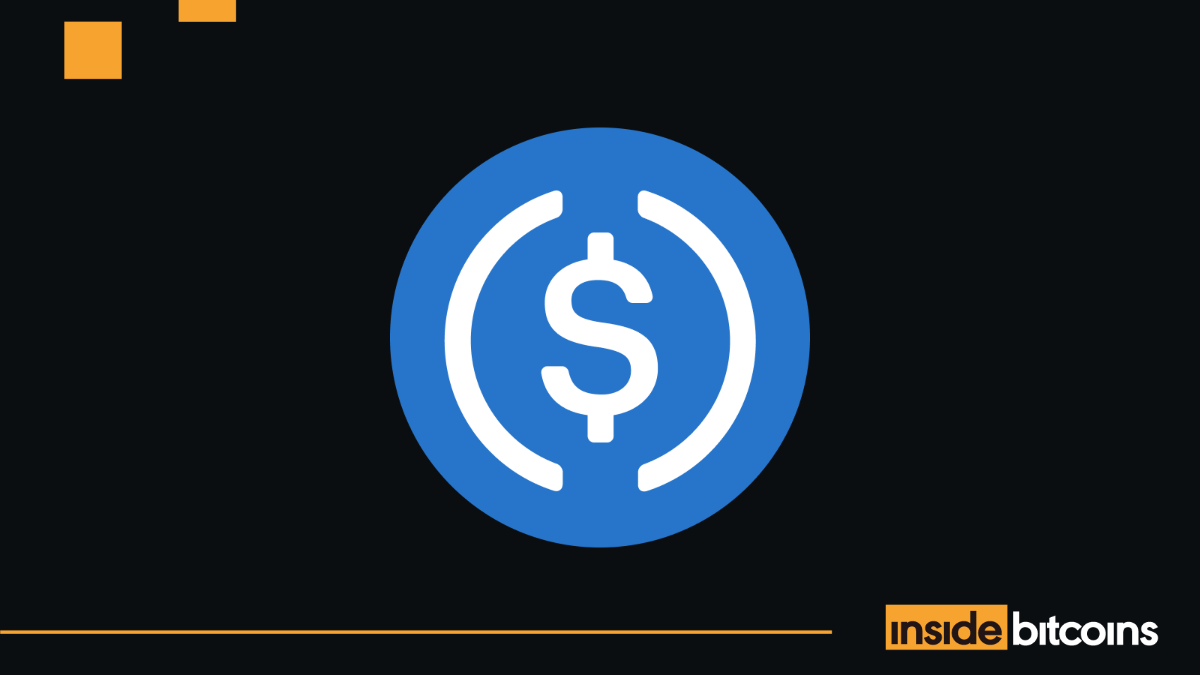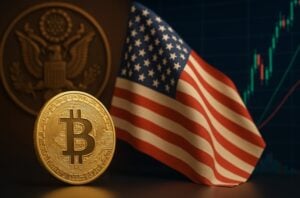
A new memecoin has been born: $GHIBLI, inspired by the viral phenomenon generated by the innovative product of the same name based on ChatGPT-40 by OpenAI, led by Sam Altman.
In the wake of the enthusiasm on social media and with endorsements from prominent figures in the tech and crypto sector like Elon Musk and Michael Saylor, the token experienced a lightning-fast debut, followed by an equally violent bear market.
A classic example of what is referred to in jargon as “pump-and-dump,” raising questions about the long-term sustainability of the project.
The exchanges open the doors to the new memecoin $GHIBLI, but remain cautious
The creation of $GHIBLI, a token based on the Solana blockchain, represented an immediate response to the media boom of Ghibli AI.
In just 48 hours from its inception, the memecoin captured the attention of the crypto community, driven by an aggressive promotional campaign and engaging content, many of which have a sensationalistic background.
The result? A rapid surge of about +45% in just a few hours, bringing the market capitalization to a surprising peak of 27.5 million dollars.
However, the initial euphoria quickly gave way to a sharp drop: the token lost about 50% of its value, a clear symptom of a speculative dynamic typical of memecoins.
Complicating the picture is the appearance of a new related token, GhibliCZ, which has followed an almost identical path: initial boom and subsequent crash.
Both projects, although inspired by the Ghibli universe and seemingly linked to high-profile names in the tech sector, have not yet received any official confirmation from CZ (Changpeng Zhao), OpenAI, or other parties involved.
Despite the volatility and the absence of a verified connection with prominent institutions, the token $GHIBLI has gained significant visibility thanks to the listing on exchanges.
The first to kick off was Gate.io, followed by BingX, which included the coin within its “Pilot section,” a category dedicated to high-risk and potential projects.
The presence on these platforms has stimulated an acceleration of demand and favored exposure to a wider audience.
Other important exchanges including Kraken, MEXC, Bitget, Raydium, HTX, and Meteora then adopted the token, thus generating a spike in daily trading volume: over 85 million dollars in just 24 hours.
A passing trend or the beginning of something bigger?
A particularly interesting element was the intervention of the OXFUN platform, which introduced the possibility of trading with leverage on $GHIBLI.
This move has pushed the token’s transactions to surpass, in terms of volume, even those of Ethereum, the second most capitalized cryptocurrency in the world.
An evident signal of how strong the effects of speculation can be, where advanced financial instruments like leverage amplify both gains and losses.
The lightning success of $GHIBLI fits into a broader context: that of the rekindling of memecoins in the crypto market.
This type of token, often without solid technical fundamentals, draws strength from virality and media hype, also riding the most recent technological trends, as in this case with artificial intelligence.
The very association with OpenAI and ChatGPT-40, even if not officially confirmed, has helped to fuel high expectations among traders and enthusiasts.
However, the absence of transparent communications from the parties involved makes it difficult to assess the authenticity and long-term potential of projects like $GHIBLI.
As suggested by experts and industry operators, it is essential to approach the world of memecoins with caution. The high volatility and lack of transparency make these assets particularly risky for less experienced investors.
The risks of a market teetering between hype and speculation
On one hand, the impressive volume of trades and the rapid price changes make memecoins enticing instruments for quick profit hunters, on the other hand, they expose to significant dangers related to market manipulation.
In the absence of clear regulation and with the ease with which it is possible to create and promote a new token, the risk of encountering genuine “digital Ponzi schemes” is real.
It is not a coincidence that many analysts in the crypto sector reiterate the mantra “DYOR” (Do Your Own Research), or “do your own research,” before getting involved with the digital wallet.
What is certain is that $GHIBLI has gained the spotlight, becoming the symbol of a continuously evolving trend, where artificial intelligence, memecoin, and decentralized markets merge into a mix as fascinating as it is unstable.
As always in the crypto world, the key question remains: is it just another viral phenomenon or the beginning of a new era in the blockchain universe?

 2 days ago
13
2 days ago
13









 English (US) ·
English (US) ·